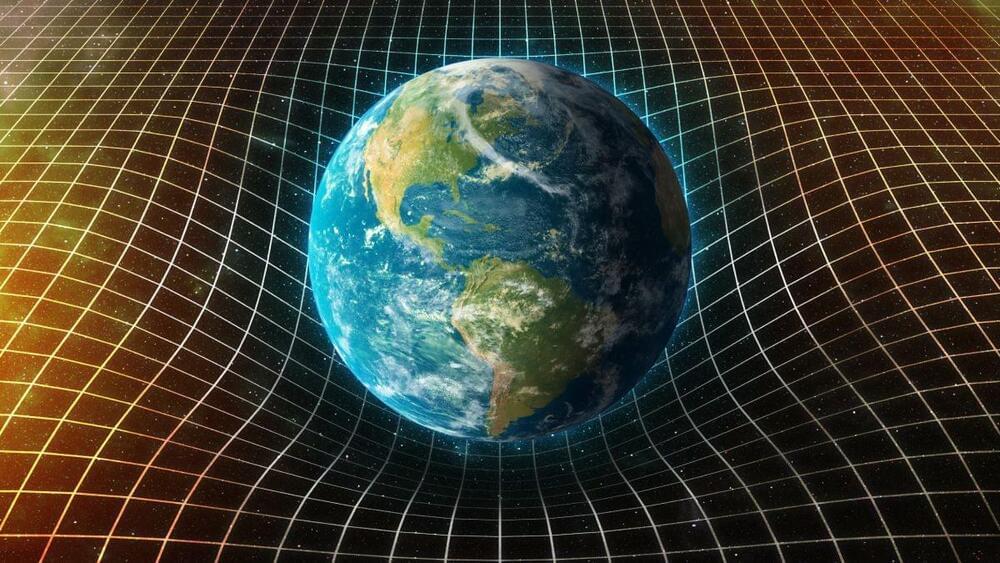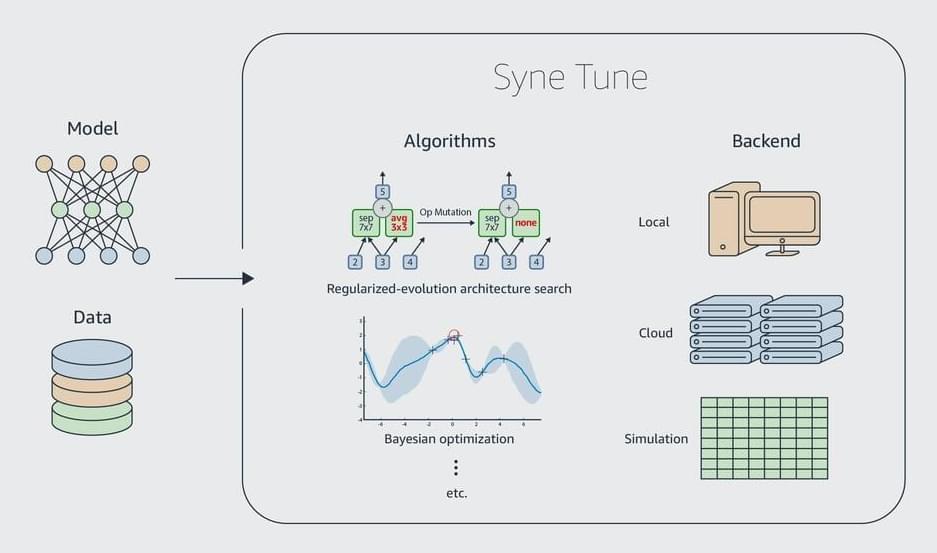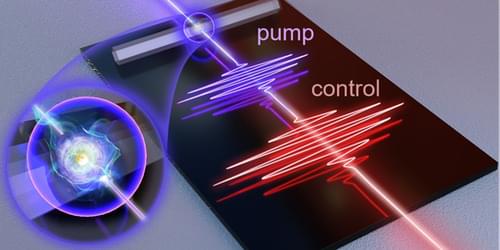A new solar panel design can efficiently convert light into electricity, while still allowing almost 80% of incoming light to pass through.
Watching asteroids can help us prepare for the unfortunate one that might be headed straight towards us and how it can be avoided.
Presently available in France, the “Electric As You Go” program is for private customers who wish to change their old vehicle to an affordable, sustainable one. Trying to break through ‘” the cost is too much to invest in an EV” scenario (which becomes more disputable each hour of each day), Stellantis introduced “Electric As You Go” and is promoting a more affordable long-term rental program dedicated to battery electric vehicles (BEVs).
The program claims it is efficiently designed to offer breakthrough competitive prices to Stellantis customers. The offer is starting in France and looks hopeful.
There is the customary but “limited” initial down payment and a monthly fee that starts from €110 per month plus a cost of 7 cents per kilometer with a 500 km minimum per month. This new offer frames itself as a breakthrough project. “The main goal of the program is to offer the opportunity to better adapt the total cost of the vehicle to its real use.”
The solution as to why gravity is so weak may come from taking a closer look at the Higgs boson.
Living organisms offer extensive diversity in terms of their phenotypes, metabolic processes, and adaptation to various niches. However, the basic building blocks that create this diversity are remarkably similar. How can we advance our understanding of the fascinating mechanisms that drive biological complexity and how can we harness biological components to build entirely new materials and devices?
A new Special Issue from ACS Synthetic Biology will focus on this dynamic topic, including contributions that deconstruct as well as build up and mimic biological systems. The resulting work serves both to test our scientific understanding and to extend known biology to develop new concepts and applications. The issue will be led by Associate Editor Michael Jewett with Guest Editors Kate Adamala, Marileen Dogterom, and Neha Kamat.
The table also shows the average normalized rank of transfer learning approaches. Hyperparameter transfer learning uses evaluation data from past HPO tasks in order to warmstart the current HPO task, which can result in significant speed-ups in practice.
Syne Tune supports transfer-learning-based HPO via an abstraction that maps a scheduler and transfer learning data to a warmstarted instance of the former. We consider the bounding-box and quantile-based ASHA, respectively referred to as ASHA-BB and ASHA-CTS. We also consider a zero-shot approach (ZS), which greedily selects hyperparameter configurations that complement previously considered ones, based on historical performances; and RUSH, which warmstarts ASHA with the best configurations found for previous tasks. As expected, we find that transfer learning approaches accelerate HPO.
Our experiments show that Syne Tune makes research on automated machine learning more efficient, reliable, and trustworthy. By making simulation on tabulated benchmarks a first-class citizen, it makes hyperparameter optimization accessible to researchers without massive computation budgets. By supporting advanced use cases, such as hyperparameter transfer learning, it allows better problem solving in practice.
What would happen if you fell into a black hole? Join James Beacham, particle physicist at the Large Hadron Collider at CERN, as he explores what happens when the fabric of reality – physical or societal – gets twisted beyond recognition.
Watch the Q&A with James here: https://youtu.be/Q37oEB4bNSI
Subscribe for regular science videos: http://bit.ly/RiSubscRibe.
James Beacham searches for answers to the biggest open questions of physics using the largest experiment ever, the Large Hadron Collider at CERN. He hunts for dark matter, gravitons, quantum black holes, and dark photons as a member of the ATLAS collaboration, one of the teams that discovered the Higgs boson in 2012.
In addition to his research, he is a frequent keynote speaker about science, innovation, the future of technology, and art at events and venues around the world, including the American Museum of Natural History, the Royal Institution, SXSW, and the BBC, as well as private events for companies and corporations, including KPMG, Bain, Dept Agency, and many others.
This talk was recorded at the Royal Institution on 28 October 2021.
–
Why is there something rather than nothing? And what does ‘nothing’ really mean? More than a philosophical musing, understanding nothing may be the key to unlocking deep mysteries of the universe, from dark energy to why particles have mass. Journalist John Hockenberry hosts Nobel laureate Frank Wilczek, esteemed cosmologist John Barrow, and leading physicists Paul Davies and George Ellis as they explore physics, philosophy and the nothing they share.
This program is part of the Big Ideas Series, made possible with support from the John Templeton Foundation.
The World Science Festival gathers great minds in science and the arts to produce live and digital content that allows a broad general audience to engage with scientific discoveries. Our mission is to cultivate a general public informed by science, inspired by its wonder, convinced of its value, and prepared to engage with its implications for the future.
Visit our Website: http://www.worldsciencefestival.com/
Like us on Facebook: https://www.facebook.com/worldsciencefestival.
Follow us on twitter: https://twitter.com/WorldSciFest.
Original Program Date: June 12, 2009
MODERATOR: John Hockenberry.
PARTICIPANTS: George Ellis, Frank Wilczek, John Barrow, Paul Davies.
Introduction 00:00
Sometimes you need to display a number nice and large, making it easily readable at a good distance. [Lewis] has just the thing for that: a big expandable 7-segment display.
The build is modular, allowing it to be extended from 2 to 10 digits and beyond. The digits themselves are made of 3D-printed parts assembled onto acrylic. These can then be ganged up in a wooden frame for displaying larger numbers with more digits. Individual elements are lit by addressable LEDs, and the project can be built using an Arduino Nano or an ESP8266 for control. The latter opens up possibilities for controlling the screen over WiFi, which could prove useful.
[Lewis] has built his own version for a local swim club, where it will be used as a laptimer. Other applications could be as a scoreboard in various sports, or to confuse your neighbours by displaying random numbers in your front yard.
On the road to a quantum internet, researchers demonstrate entanglement of two memory elements located 12.5 km apart in an urban environment.









